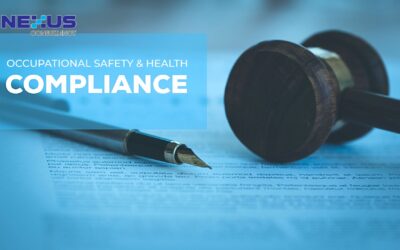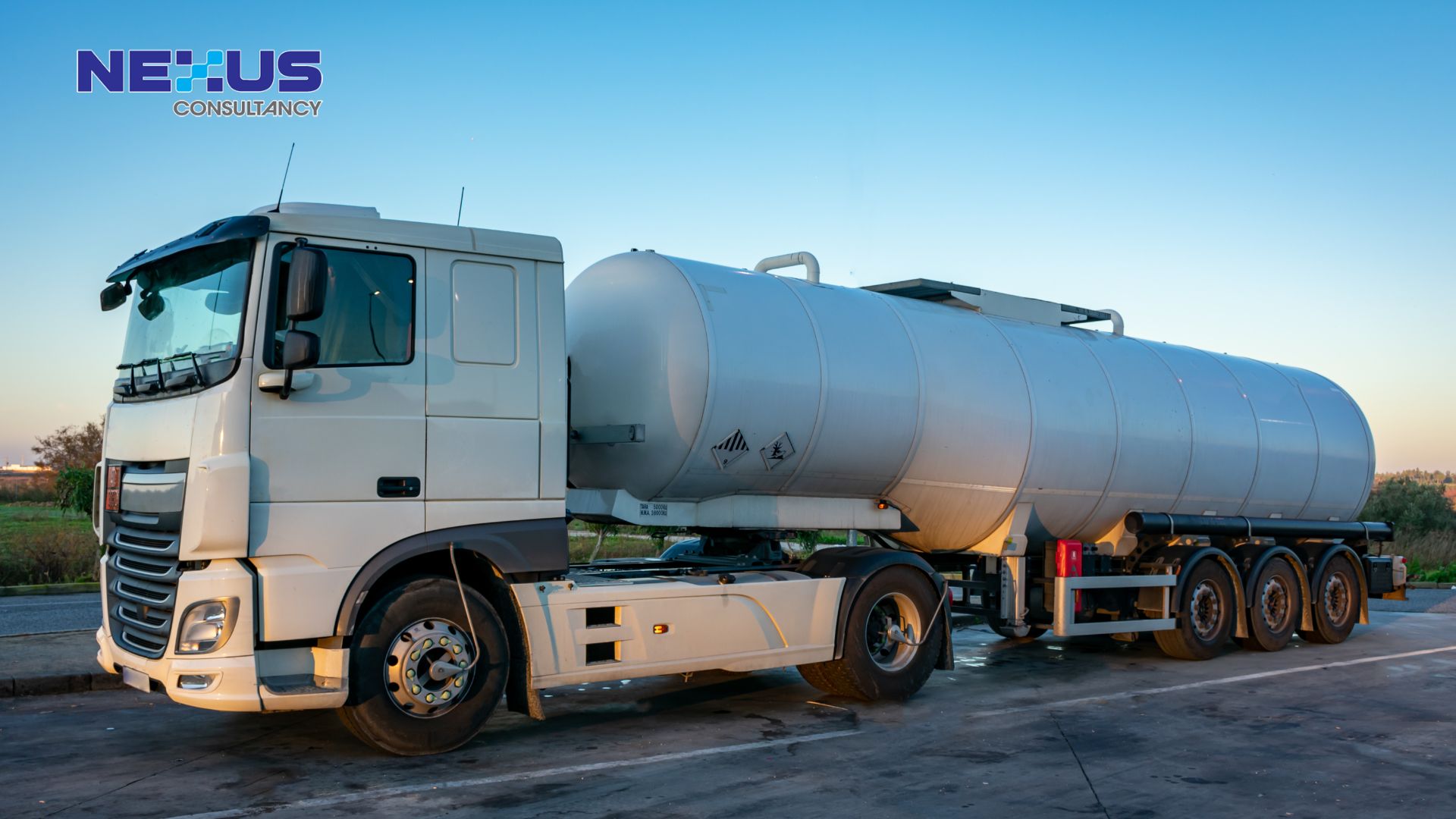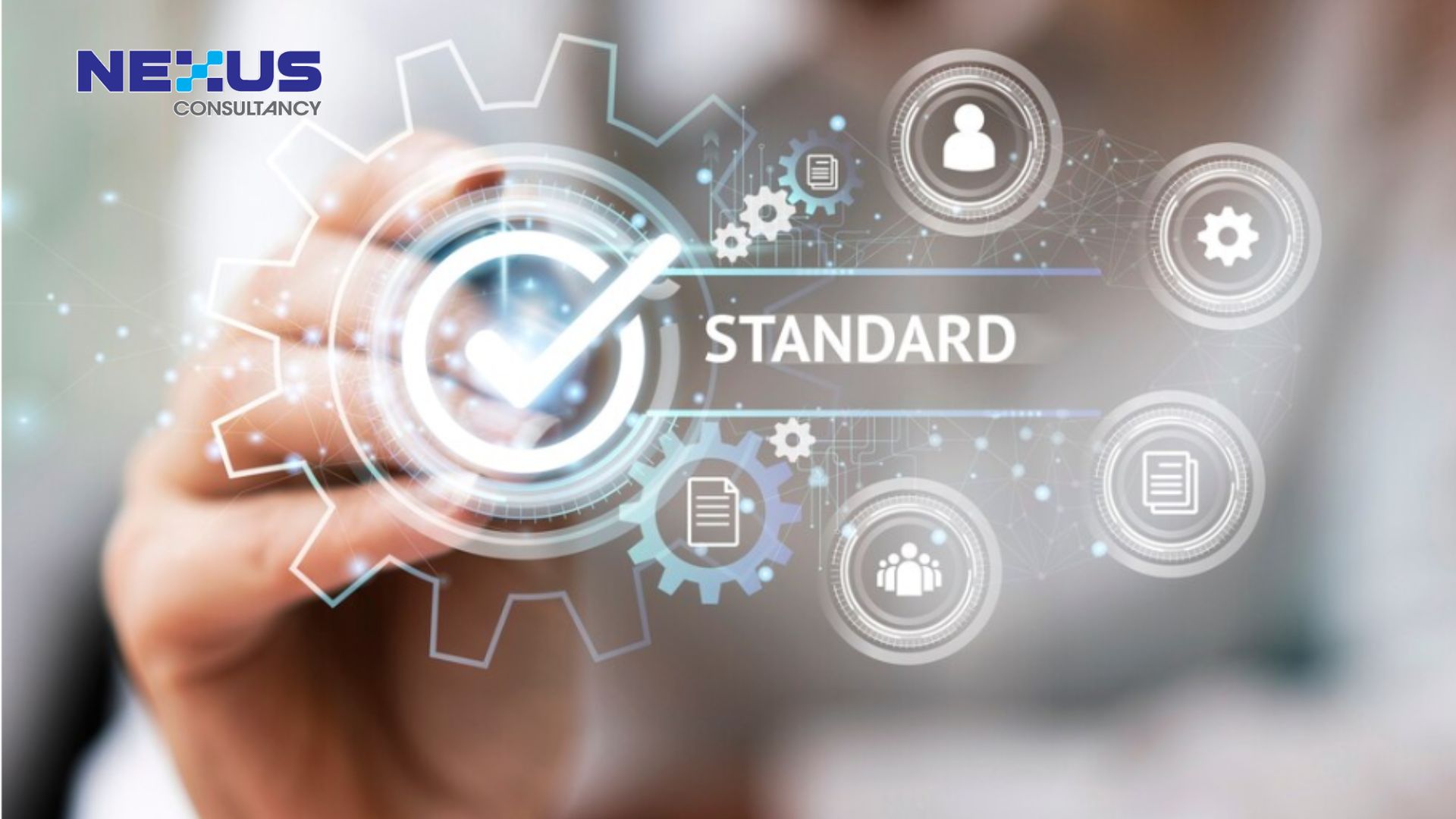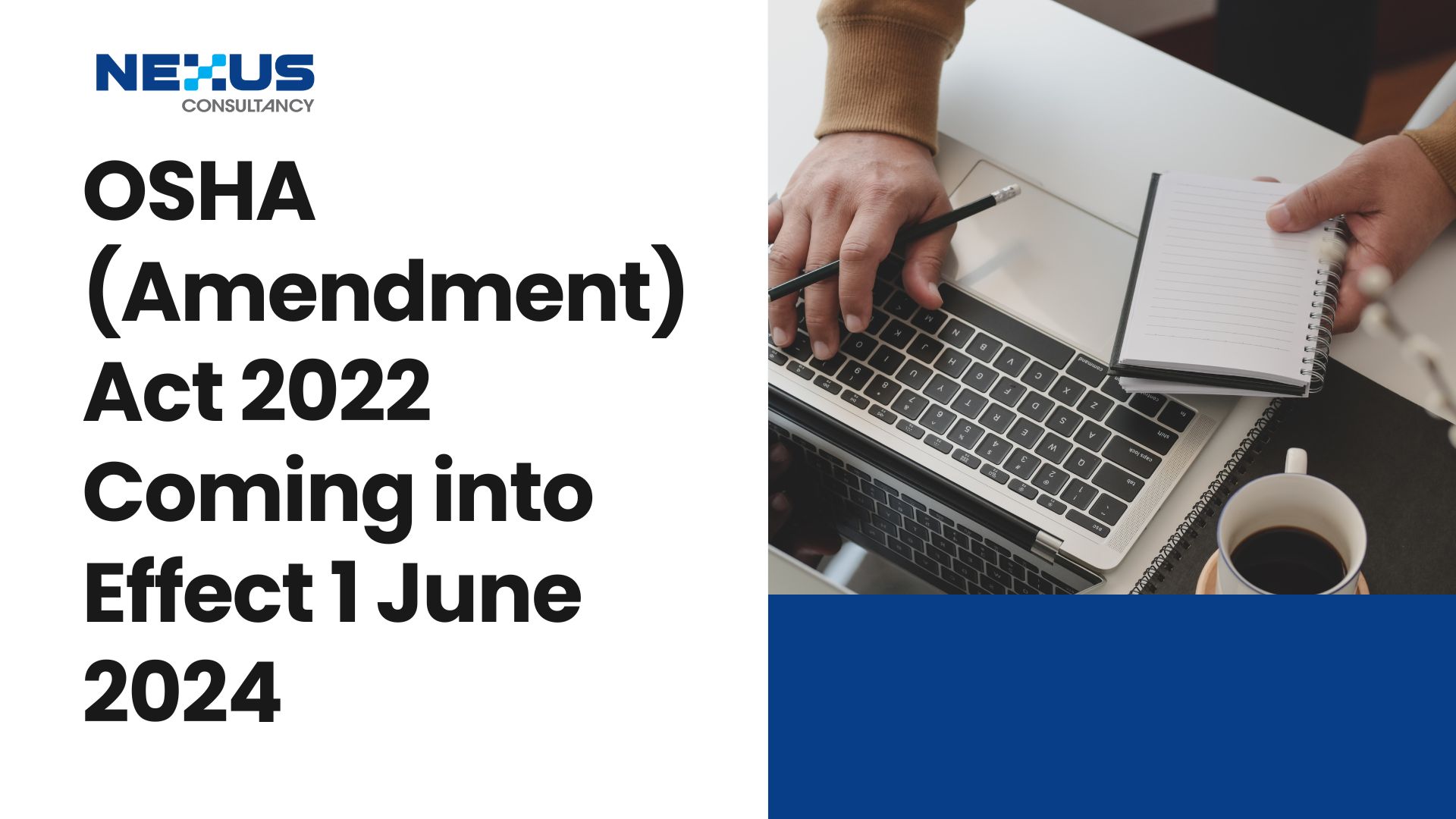
Danielle Tan
Managing Consultant
Even if your company already has an informal quality management system in place, implementing the ISO 9001:2015 requirements can be tough. The following 10 tips are essential for a seamless and successful implementation of an ISO 9001 management system.
– 3 mins read

Have you ever found it difficult to implement an ISO 9001 system?
Yes, even if your company may already have a system in place, it could take anywhere from six to twelve months to set up the ISO 9001 system, depending on the size of your company.
And some company ISO management systems fail because of:
- Lacking of support- you felt as if you’re alone in this ISO work.
- Lacking of staff buy in- if staffs don’t understand why ISO system, they probably won’t use it.
- Lacking of training- without knowledge and awareness, staffs are unsure of what they need to do.
- Lacking of communication- without communication, there is no clarity on what to expect.
Over the last 13 years, we’ve helped thousands of companies implementing ISO 9001 system successfully. From the insights we’ve collected, we’ve put together these 10 tips for implementing a successful ISO 9001 quality management system.

1. Obtain Senior Management Commitment
While this may sound cliched, it will be extremely difficult to implement the necessary changes and improvements without the complete support of your management team throughout the organization.

2. Provide Training to Employees at All Levels of the Company
Your employees must be aware of not just the ISO 9001 regulations, but also the various quality principles that they should seek to adopt in their daily work. Ongoing training should be provided in response to perceived needs.

3. Enable Good Internal Communication
Effective internal communication is key to any implementation success and to give clarity on what to expect and what to do. You won’t be able to maintain the required consistency of implementation if you don’t do this.

4. Form an Implementation Team
Form an implementation team with the authority to carry out the plan. You can’t just choose a management representative and expect them to accomplish everything on their own while implementing an ISO 9001 management system. To create your system, you must first identify the personnel who will be needed at all levels of the company.
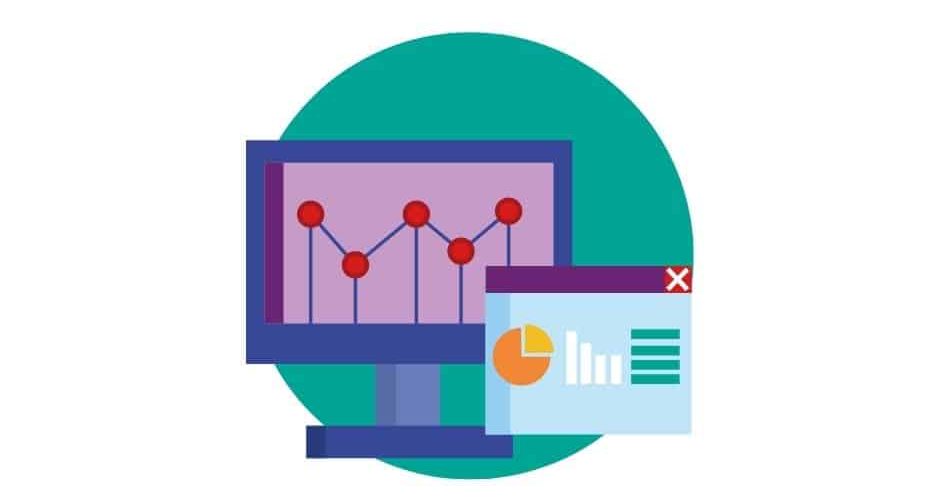
5. Conduct a Gap Analysis
Gap analysis helps you to know where your current system meets or fails to meet the ISO 9001:2015 requirements so you can deploy resources appropriately.

6. Engage Customers and Suppliers
Engage customers and suppliers in the evaluation of your present systems. It’s critical to comprehend how external interested parties such as customer and suppliers see the effectiveness of what you are doing now and what they want from you in order to enhance things.
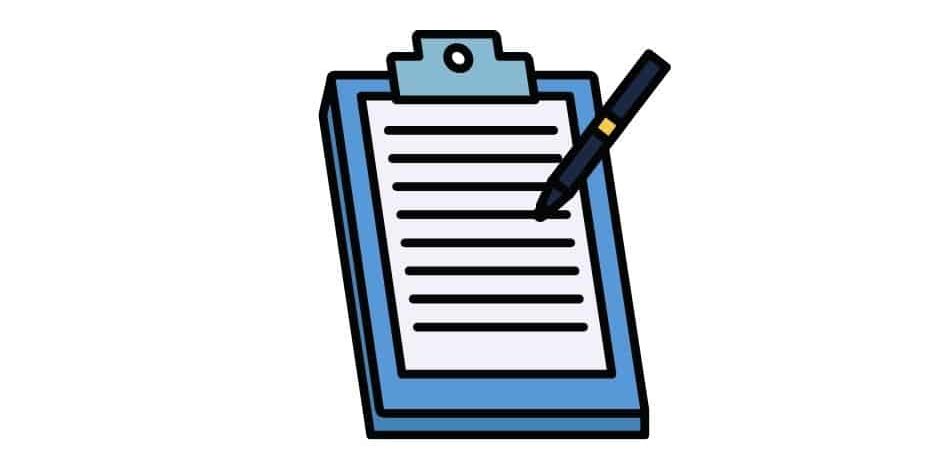
7. Plan Your Implementation
Come out with a detailed plan of implementation such as duties, roles, and a timeline. The better your planning, as with any undertaking, the more likely you are to succeed.

8. Establish Clear Quality Policies and Objectives
Quality policies and objectives give the company a consistent direction. These will assist your company move forward in a way that is aligned with the policies and objectives if they are well stated and understood.

9. Encourage Feedback
Encourage everyone to think about what they’re doing and how they can improve. It is not enough to have auditors looking for system flaws; everyone should be constantly seeking for better methods to accomplish things.
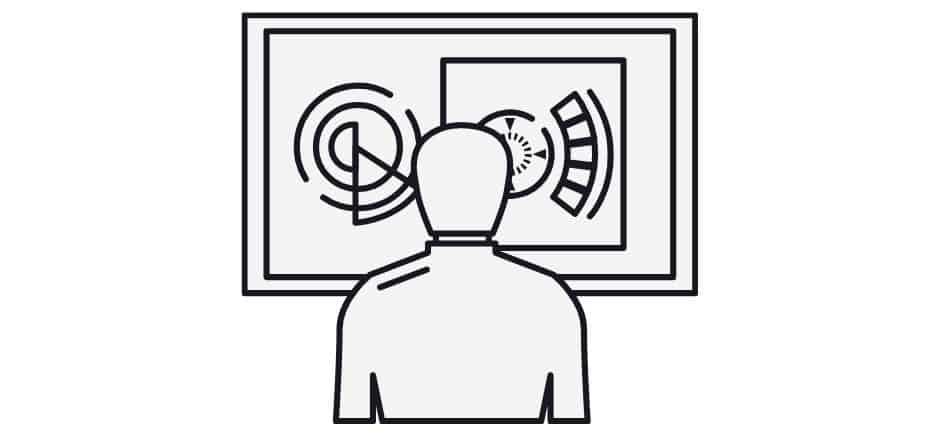
10. Review Your System
Use auditing process to conduct frequent assessments and review of your ISO 9001 management system to ensure that your processes are always improving.
More Article
Empowering Employees through ESG: The Role of Training and Awareness
Chief Operating OfficerEmpower your team with ESG training. ISO-aligned, practical, and impactful for SMEs in Malaysia.As businesses around the world embrace Environmental, Social, and Governance (ESG) principles, a common mistake is treating ESG solely as a boardroom...
ESG for SMEs: Simple Steps to Get Started (Even with a Small Team)
Chief Operating OfficerSimple ESG tips for SMEs. Begin your journey with support from trusted ESG consultants in Malaysia.In today’s business environment, Environmental, Social, and Governance (ESG) practices are no longer just for large corporations. Small and...
What Is Food Safety Culture and Why It Matters More Than Ever
Chief Operating OfficerLearn why food safety culture is a must-have for compliance, brand trust, and growth—backed by ISO consultants in Malaysia.In today’s competitive and tightly regulated food manufacturing landscape, compliance alone is no longer enough. To...
Why Proactive OSH Legal Compliance Is Good for Business Reputation
Chief Operating OfficerWorried about Malaysia’s OSH Act penalties or workplace audit readiness? Discover how proactive OSH compliance builds trust, reduces fines, and supports ESG goals.In today’s competitive market, companies are judged not just by their products or...



